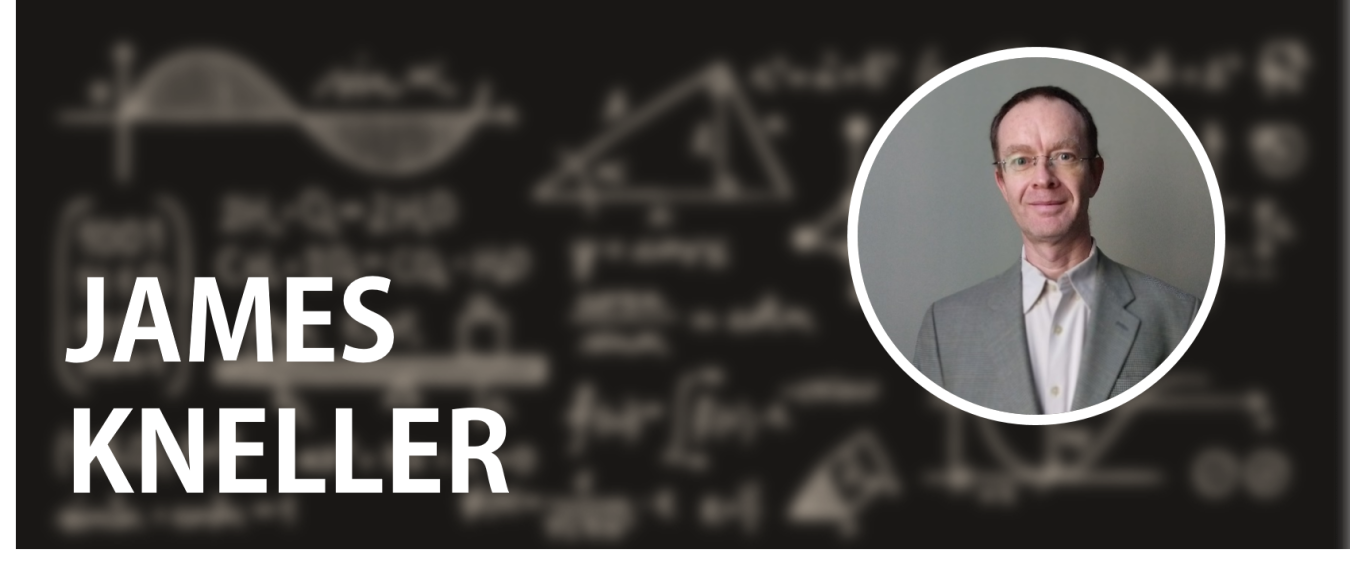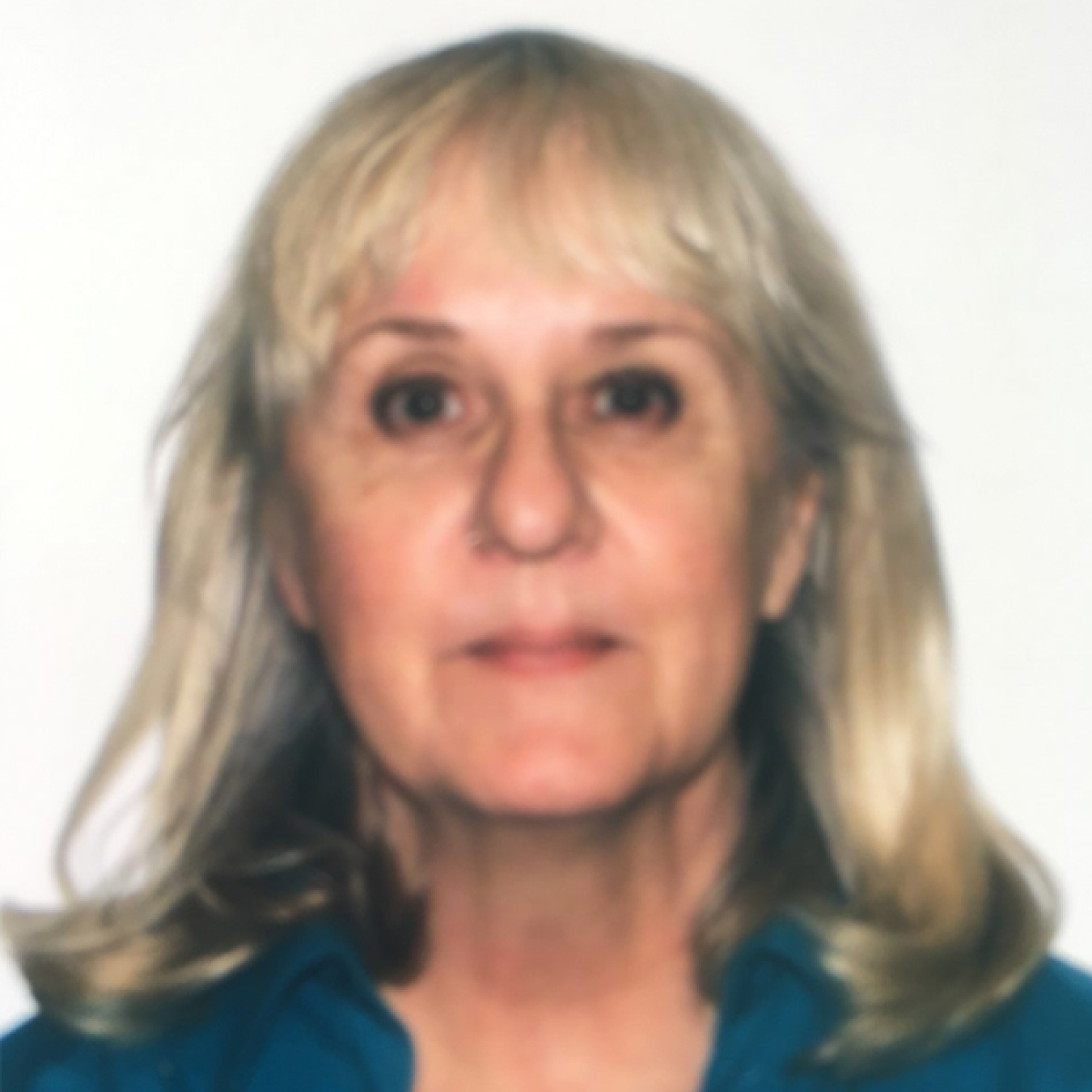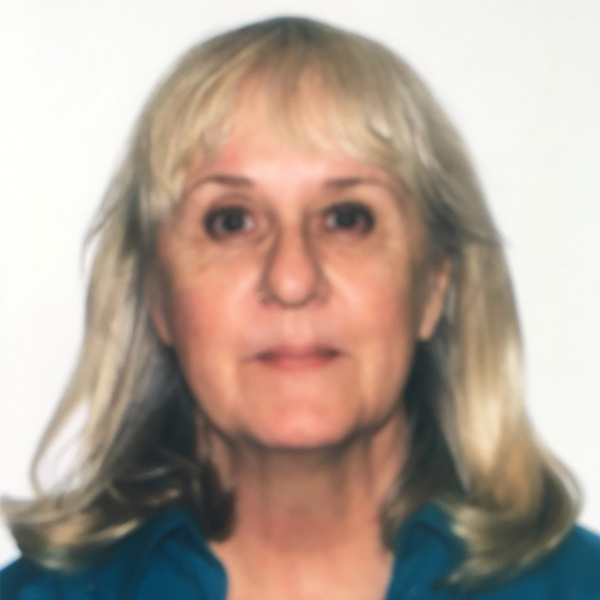At North Carolina State University, associate professor James Kneller studies neutrinos emitted from exploding stars.
August 9, 2021
WHAT DID THE 2011 EARLY CAREER AWARD ALLOW YOU TO DO?
I study neutrinos in exploding stars or supernovae. Neutrinos are very elusive on Earth. But in a supernova, any change to the neutrino will change how the star explodes. This means supernovae make wonderful neutrino laboratories. My research focuses on how the neutrino behaves in such an environment and on the neutrino ‘signals’ from them.
During my DOE Early Career Award period, the focus of my research was upon the impact of turbulence within the supernova upon the neutrinos.
Turbulence in a supernova is inevitable. Even before the explosion, there are large regions of convection in the progenitor star as hot gases rise, cool, drift, and are reheated. Additionally, convection appears again during the explosion.
The shockwaves the explosion generates are distorted, which also generates turbulence.
From earlier numerical studies I had seen, turbulence could scramble the state of the neutrino so that no matter what kind of neutrino was emitted, the neutrino was equally likely to emerge from the supernova in any of its three types or flavors. Such a scenario would make decoding the signal from the supernova impossible.
So, we wanted to understand how much of the signal might be scrambled this way. Our study revealed that there were 'windows' of time in the neutrino signal where the effects of the turbulence were small, and we could decode what was happening in the supernova. Interestingly, the size of these windows turned out to be related to the structure of the star, so - in a strange reversal of logic - not being able to decode the neutrino signal actually reveals useful information. Later we began to study turbulence from a theoretical perspective. This led to us discovering that neutrinos react to turbulence in the same way some molecules (such as water) react when you shine light on them. It was very exciting to make this connection between two very different areas of physics.
From the seeds planted during the Early Career Research Program award, my group eventually built a software package called SNEWPY. This software takes a supernova simulation and predicts what a neutrino detector here on Earth will observe. The code is available to anyone to use.
And, yes, turbulence is included in those predictions.
ABOUT:
James Kneller is an Associate Professor in the Department of Physics of North Carolina State University.
SUPPORTING THE DOE SC MISSION:
The Early Career Research Program provides financial support that is foundational to early career investigators, enabling them to define and direct independent research in areas important to DOE missions. The development of outstanding scientists and research leaders is of paramount importance to the Department of Energy Office of Science. By investing in the next generation of researchers, the Office of Science champions lifelong careers in discovery science.
For more information, please go to the Early Career Research Program.
THE 2011 PROJECT ABSTRACT:
The Neutrino: A Better Understanding Through Astrophysics
Over the past decade, the evidence for neutrino flavor mixing has passed from tentative to compelling. This remarkable phenomenon has widely recognized implications for astrophysics because neutrinos are so very important in the hot and dense environments, such as core‐collapse supernovae, that one only finds in the cosmos. The hints of successful explosions seen in the latest supernova simulations mean we need to confront them with the observations that neutrinos can provide but, unfortunately, our current understanding of the neutrino is incomplete and the signal from the next Galactic supernova is uncertain. But by studying the behavior of neutrinos in core‐collapse supernovae and in similar hot/dense environments, determining the sensitivity of supernova neutrino flavor transformation to the unknown neutrino mixing parameters, and learning how these properties affect Galactic supernova neutrino burst signals, we are presented with a situation where the missing neutrino properties will be imprinted into the signal itself.
The goal of this project is accordingly to prepare for the detection of neutrinos from the next Galactic supernova, and to anticipate how these future observations can be used to improve our understanding of neutrinos.
RESOURCES:
S. Galas, J.P. Kneller, and C. Volpe, "The neutrino-neutrino interaction effects in supernovae: the point of view from the ‘matter’ basis." Journal of Physics G: Nuclear and Particle Physics, 39, 035201 (2012). [DOI: 10.1088/0954-3899/39/3/035201]
T. Lund and J.P. Kneller, "Combining collective, MSW, and turbulence effects in supernova neutrino flavor evolution." Physical Review D, 88, 023008 (2013). [DOI: 10.1103/PhysRevD.88.023008]
K.M. Patton, J.P. Kneller, and G.C. McLaughlin, "Stimulated neutrino transformation through turbulence on a changing density profile and application to supernovae." Physical Review D, 91, 025001 (2016). [DOI: 10.1103/PhysRevD.91.025001]
DOE EXPLAINS… offers straightforward explanations of key words and concepts in fundamental science. It also describes how these concepts apply to the work that the Department of Energy’s Office of Science conducts as it helps the United States excel in research across the scientific spectrum. For more information on neutrinos and DOE’s research in this area, please go to “DOE EXPLAINS…Neutrinos.” For more information on supernovae and DOE’s research in this area, please go to “DOE EXPLAINS…Supernovae.”
Additional profiles of the Early Career Research Program award recipients can be found on the Early Career Program Page.
The Office of Science is the single largest supporter of basic research in the physical sciences in the United States and is working to address some of the most pressing challenges of our time. For more information, please visit www.energy.gov/science.
Sandra Allen McLean

Sandra Allen McLean (sandra.mclean@science.doe.gov) is a communications specialist for the Office of Science in the Office of Communications and Public Affairs. Sandra is responsible for identifying, curating, or creating lay-language content about Office of Science-funded research for DOE web sites, popular and trade media, and stakeholder education. She researches and writes the historical Milestone Tweets for the office Twitter account @DOEScience.
Sandra holds an associate degree in American Sign Language interpreting, a bachelor’s in science journalism and biology, and a master’s in Information Sciences. Her hobbies are sewing – especially costumes! – and lesesucht, compounded by extreme tsundoku.


